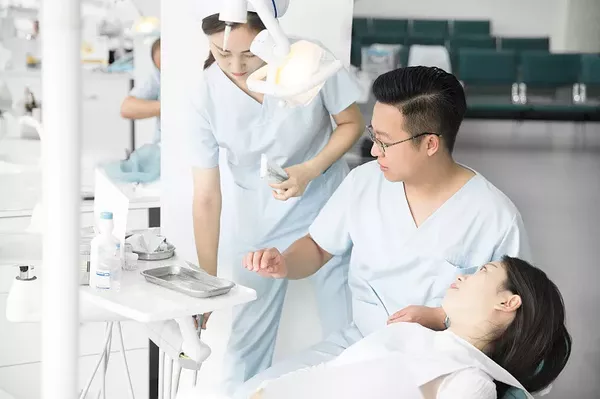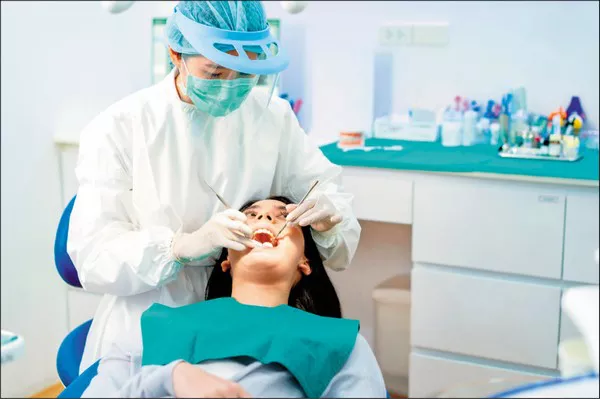KFL&A Public Health has issued a stark warning following recent data revealing a disturbing rise in tooth decay among school-aged children in the region. Analysis of school dental screening results from the previous year highlights a troubling statistic: 40 percent of senior kindergarten students have encountered tooth decay, marking a substantial 60 percent increase since 2019.
Local dentists, including Dr. Jennifer Archibald, a pediatric dentist in Kingston, attest to witnessing a notable surge in severe tooth decay cases among children and youth. Dr. Archibald emphasizes the far-reaching impact of untreated tooth decay on children’s health and overall well-being, emphasizing that dental pain can adversely affect various aspects of their lives, including dietary choices, quality of sleep, focus in school, and general enjoyment of daily activities.
Tooth decay, if left untreated, not only causes pain but can also lead to serious infections. KFL&A Public Health urges the adoption of various measures to enhance oral health in the community.
Dr. Piotr Oglaza, the Medical Officer of Health at KFL&A Public Health, underscores the complexity of the issue, emphasizing the need for multifaceted prevention strategies. Encouraging parents to assist their children in brushing their teeth twice a day, daily flossing, and limiting sugary drinks are crucial steps. Regular dental check-ups are equally vital in this regard.
Officials additionally highlight a concerning factor – the suboptimal levels of fluoride in municipal water in the KFL&A region. This deficiency elevates the risk of tooth decay among residents. Community water fluoridation is recommended as an additional preventive measure that requires no individual action and benefits the entire community.
KFL&A Public Health actively provides dental services and educational programs to promote oral health in the region. Dental hygienists conduct mandated dental screenings in elementary schools across Ontario. The public health agency also extends fluoride varnish applications and educational initiatives in schools and community clinics.






























